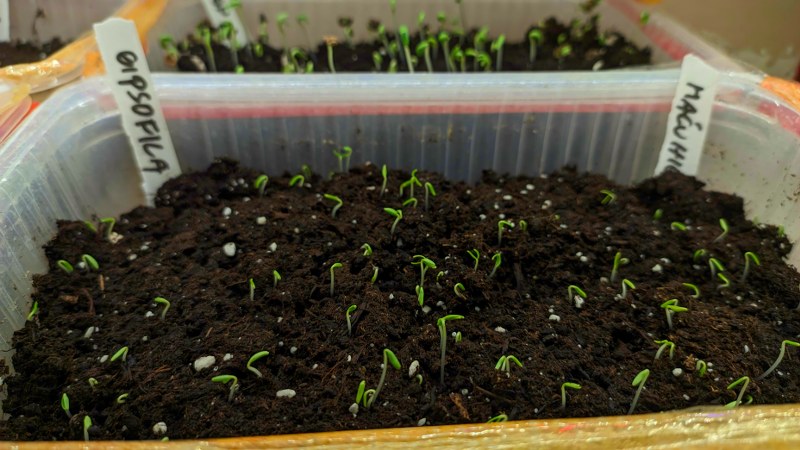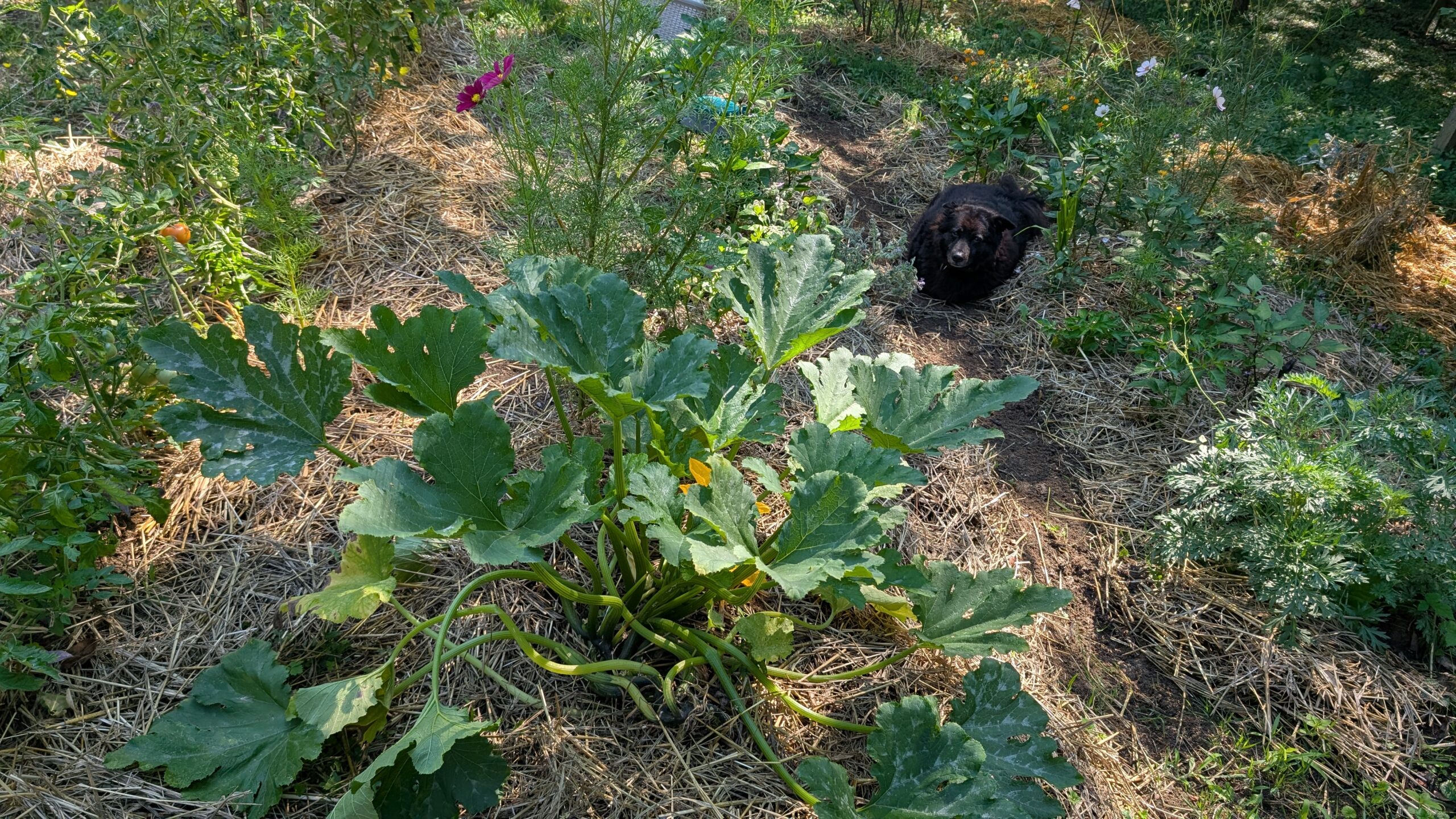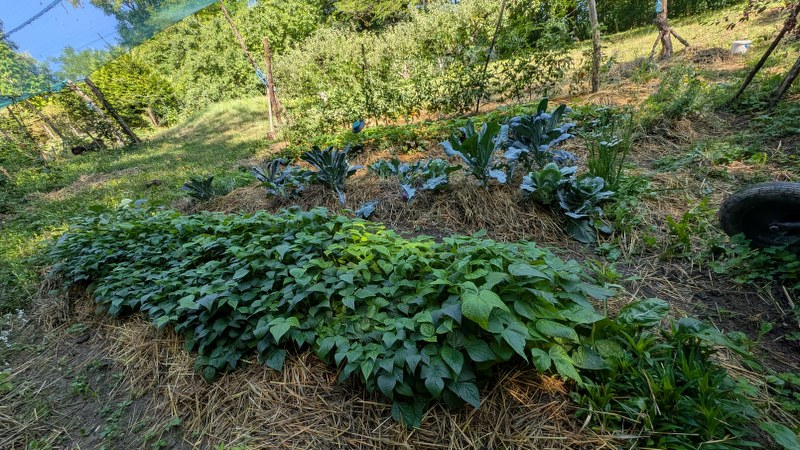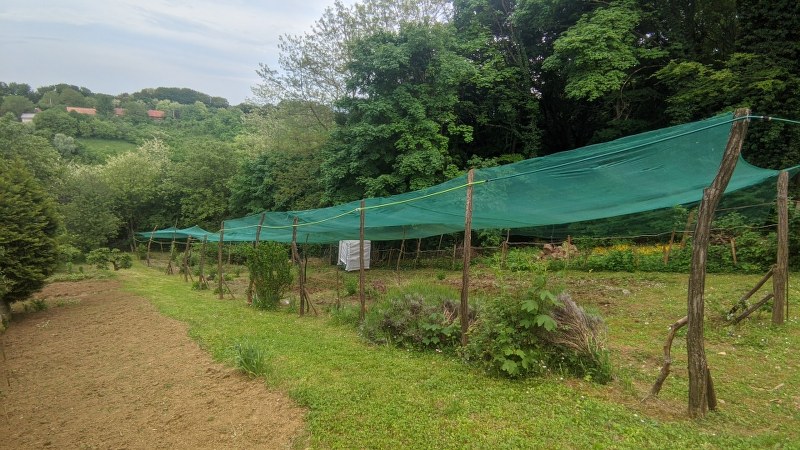Although most gardening books and portals recommend starting the seedlings in early March, sometimes 8-10 weeks isn’t enough and our seedlings are not ready in early May. This can be due to the lack of room, warmth, light, or bad sowing substrate. Some problems can be easily solved, but others can be avoided only by sowing much earlier. So can we start sowing in January? Yes, here is how and what.
Planning is everything
There can be multiple reasons for an early start. We can choose an early start due to the lack of light indoors. Sure, sometimes this problem can be solved with artificial lights, but sometimes these solutions are not cheap and require extra house space which we don’t have. Also, fast seedling growth needs certain temperatures, and with the increase of the heating costs people are choosing to heat their houses less. This can lead to prolonged germination and growth of the seedlings.
Even if we have perfect conditions there’s also the problem of space. Sometimes, like in my case, it is just impossible to grow everything simultaneously, so we need planning. Planning will help us accommodate more seedlings in a smaller space, and sowing early will make us use the growing space better.
The best way to start the early sowing is to plan the whole sowing season. I like to split my seedlings into different envelopes. Each envelope contains seed bags for the next 2 weeks. This way I know ahead which seeds to sow when. Also, I always sow how much I accommodate on the heated shelves. Although I have many things that need to be on this shelf, some will stay here only 2 weeks, and some will stay here almost 2 months. Planning will help with you give everything that much-needed boost.

What will benefit from an early start?
An early start depends on your space and preferences. If you’re doing an early start due to the lack of space, some vegetables can be started early and kept outside after the germination period. Of course, this depends on your climate, but if the late February and early March temperatures don’t drop below -8°C(17°F) you can safely keep outside all your brassicas, winter lettuces, onions, celery, chard(mangold), spinach, radishes, corn salad, and peas.
All of these vegetables can be sown directly outside, but sowing so early in some areas will mean that the seeds won’t germinate for weeks. Growing the seedlings indoors and moving them outside after they form real leaves will ensure their growth. The plants won’t need such high temperatures to grow. Also, if we grow them indoors and move them outdoors we can always move them to a more shielded place than the open garden. Keeping the containers by the house wall, on the balcony, or in a protected area the feelings will make them grow faster and stronger.

Another thing that will benefit from an early start are the plants that need a period of stratification(pretreating the seeds to “break dormancy”). We could keep the seeds in the refrigerator or just sow them early and keep the containers outside for a couple of weeks. Later we can move them indoors, or just leave them outside to germinate when the temperature rises.

Early sowing for vegetables and flowers that stay indoors
Although the recommendation is to start everything around March, there are some vegetables and flowers that will benefit from a longer growth period. Growing them earlier will make the plants bigger, with more foliage, and if the garden conditions aren’t perfect will give them a quicker start. This will lead to faster flower production and earlier harvest.
Some of the vegetables that benefit from an early start are peppers, chilly peppers, and eggplants. Growing peppers early enough will give you the chance for topping. Pruning the tops of the peppers will give them the chance to grow side branches instead of growing tall. Side branches will make the seedling bushy and produce more fruits. Eggplants on the other hand grow very slowly and usually need a long period to start flowering. Sowing them early will give you a plant ready to flower by the beginning of May.
Some flowers like Asters, Zinnias, and Petunias will also benefit from a very early start. Usually, these plants don’t flower in my garden until the middle of August. This way they will flower in early July.

What not to sow in January
As some vegetables will benefit from an early start, some plants won’t benefit from this. An early start can be too early for their plants, they will start flowering indoors after a month or two and most of them can’t survive temperatures below 5°C(41°F).
Some of the plants that won’t benefit are zucchinis, corn, cosmoses, sunflowers, ipomoea, cucumbers, and watermelons. Cucumbers, zucchinis, and watermelons grow very fast, in just a month they will be ready to grow flowers. Because of this growing them early will result in overgrown plants very quickly. When it comes to sunflowers, cosmoses, and ipomea they can be grown early, but they are very hard to handle. They grow tall and will need small poles inside the containers which will result in containers that fall and roll over. Ipomea will need netting to grow and this can be a problem when planting early.

Tomatoes can be planted early, but they are vegetables that we should test first if the early planting will be beneficial or not. If you don’t have ideal conditions at home(temperatures are below 23°C/73°F or there’s not enough light) then you’ll benefit from an earlier start. Although I wouldn’t recommend sowing before early February. But if your plants germinate quickly then it’s better to grow them later. Too early-grown tomatoes will grow leggy. You can top off the plants when they have 3 good and strong leaves, but only if you’re growing indeterminant varieties. Determinate varieties shouldn’t be pruned at all.

An early start will give us more space, the chance to grow more varieties, and a quicker harvest, but only if we plan things well and grow the varieties that like an early start. If we do things right we could have our first harvests even a month earlier.





Leave a Reply